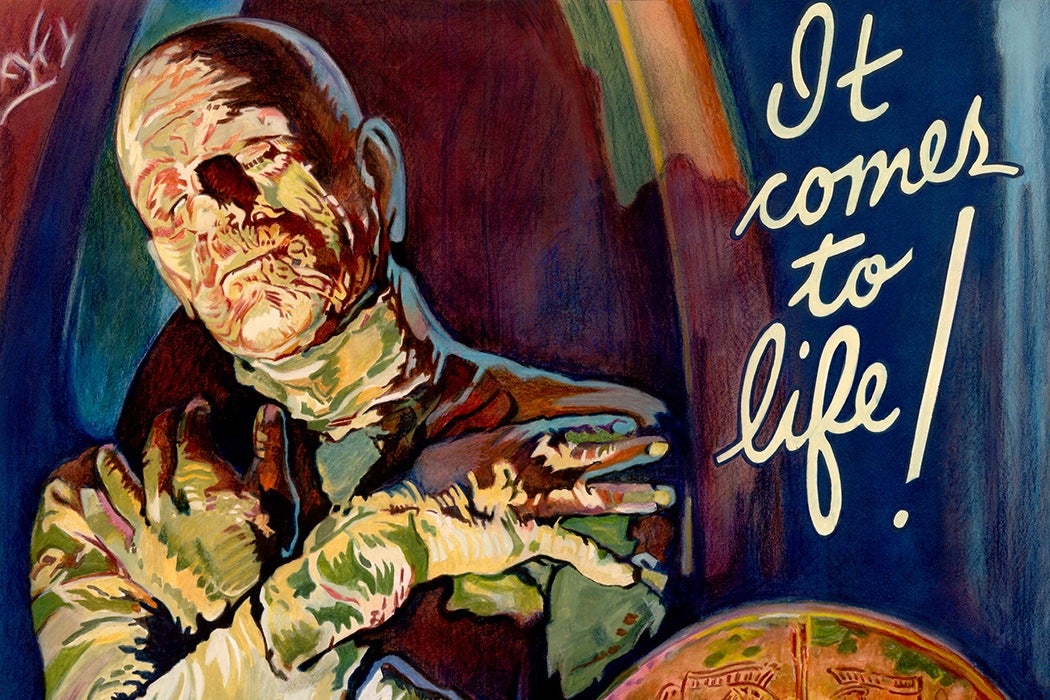Boo! If the prospect of being scared out of your skin makes you clap your hands instead of cringing in the nearest corner, you’re not alone: Nearly 1.5 billion tickets to horror movies were sold in 2015 alone. Movie makers are always trying to push the envelope even as they revisit old, faithful formulas (The Woods, anyone?). But why do we love being scared so much? As Katerina Bantinaki explains, it’s all because of a careful dance between hedonism and control.
At first blush, feelings of negativity like disgust and fear would seem to be intrinsically unpleasant, writes Bantinaki. But even though people avoid those emotions in real life, it turns out they find pleasure in the thought of pain. That paradox has sparked all sorts of debate among academics, including a battle between those who think that horror is attractive because of the terror it elicits and those who think horror is attractive in spite of that terror.
To tease out which is really true, you have to decide whether pleasure motivates people or not. A pleasure-motivated person would probably not choose to experience a negative emotion, let alone expose their loved ones to watch with them. But that itself would require that you can’t find pleasure in, say, the actions of a serial killer on screen.
Bantinaki suggests that the experience of being in at least some control—“Knowing, for instance, that I can leave the theater when I want, I can tolerate the queasiness that I feel watching the oozing slime on-screen”—translates into pleasure for horror movie enthusiasts. Even when the emotions and experiences elicited are gross, horrifying, or negative, the intensity of the experience can also be pleasant.
“The fear…that we experience in response to horror fiction, unlike its real life occurrences, is (or can be) a positive emotion,” she explains.
Weekly Newsletter
Bantinaki discusses emotional valence, a term used in psychology to refer the intrinsic attraction or aversion of a certain emotion. Also called “a basic building block of emotional life,” valence dictates how individuals respond to events and emotions. Fictional horror, writes Bantinaki, has a positive valence that reinforces itself. Perceived risk is controlled, strong emotional reactions are achieved, and terror never turns out to be true. “Whatever accompanying pleasures the fiction might provide,” writes Bantinaki, “we seek horror, I contend, primarily in the hope of the intense, positive emotional experience it affords us.”
Audiences used to chase those heightened emotions in, say, movie musicals, but cheap production values and people’s ongoing interest in feeling terrified make horror increasingly relevant. Whether or not you consider the genre to be one of cheap thrills, there’s something to be said for indulging in some emotionally valent (or just plain fun) fear the next time you go to the movies.







